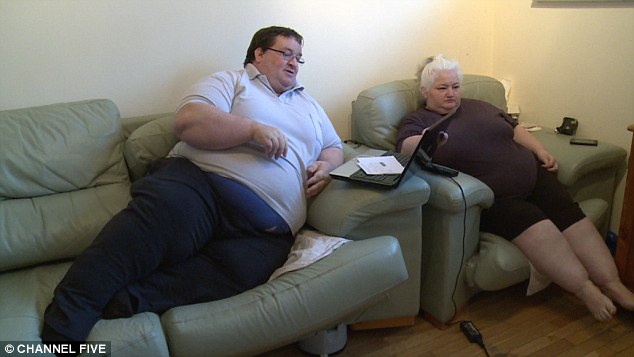- Joined
- Apr 7, 2011
- Messages
- 5,313
- Reaction score
- 1,085
Predictors of Pain Rehabilitation Treatment Failure
- Longer duration of pain
- Chronic opioid use
- Personality disorder (MMPI)
- Older age
- Non-working status
- Extreme disability (PCS/VAS/NRS)
- Receiving disability benefits
- Depression (BDI, PHQ-4)
- Negative expectations for treatment (LOT-R/PCS/MPQ-Affective)
- Pain Self-Efficacy (PSEQ)
- Patients with chronic disabling occupational musculoskeletal disorder failing to complete functional restoration: analysis of treatment-resistant personality characteristics. Howard KJ, Mayer TG, Theodore BR, Gatchel RJ. Arch Phys Med Rehabil. 2009 May;90(5):778-85. doi: 10.1016/j.apmr.2008.11.009.
- Prediction of failure to retain work 1 year after interdisciplinary functional restoration in occupational injuries. Brede E, Mayer TG, Gatchel RJ. Arch Phys Med Rehabil. 2012 Feb;93(2):268-74. doi: 10.1016/j.apmr.2011.08.029.
- Psychological predictors of recovery from low back pain: a prospective study. George SZ, Beneciuk JM. BMC Musculoskelet Disord. 2015 Mar 7;16:49. doi: 10.1186/s12891-015-0509-2.
- Expectations predict chronic pain treatment outcomes. Cormier S, Lavigne GL, Choinière M, Rainville P.
- Treatment outcome in individuals with chronic pain: is the Pain Stages of Change Questionnaire (PSOCQ) a useful tool?
Strong J, Westbury K, Smith G, McKenzie I, Ryan W.
Pain. 2002 May;97(1-2):65-73.
Last edited:


